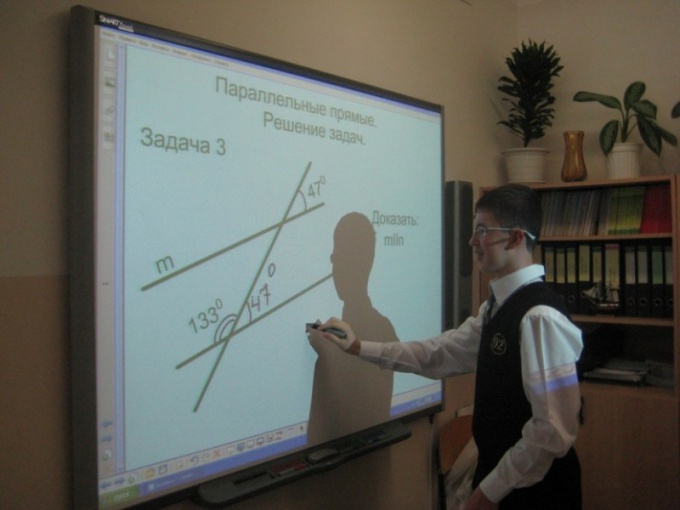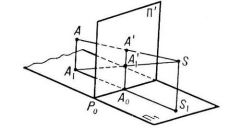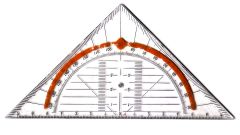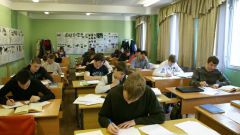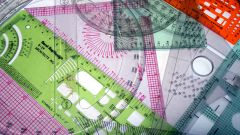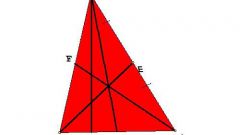Instruction
1
Possession of theoretical material will give you the tools, without which it is impossible, even simple tasks. The science of geometry is divided into two sections - a planimetry and solid geometry. Need to have basic knowledge in both disciplines.
2
For the solution of the macroscopic (planar) problems need to know the formula to determine areas and perimeters of shapes: parallelograms (including their varieties: diamonds, rectangles), trapezoids, triangles, circles. Learn the theorems on the equality and similarity of triangles - they will be needed for most planimetric tasks. It is also necessary to know definitions of angles, parallel and perpendicular lines.
3
Learn the theory needed to solve stereometric problems (associated with large-volume bodies in space). Formula calculate volume and surface area of a parallelepiped, pyramid, cone, sphere and cylinder, not only will become a faithful assistant in solving geometry problems; this knowledge will help you in everyday life - in the repair, construction, arrangement of the interior.
4
To consolidate knowledge and enhance understanding of the formulas will help the substitution of the trial values of the parameters (sides, radius) studied geometric figures. By setting the values of the sides of a square 10 cm, one can compute its perimeter and area formulas P = 4 * a and S = a * a. Not only will you get the results (40 cm and 100 sq cm. respectively), but also gain experience of calculations of operating and geometric parameters. With it, you will be able to solve simple tasks.
5
The solution to complex problems is not without preliminary evidence of the equality of shapes. The division of polygons and composite figures direct the conduct of the perpendiculars (altitudes) and medians will help to break complex objects into more simple elements, to calculate areas and volumes which will not be easy.
